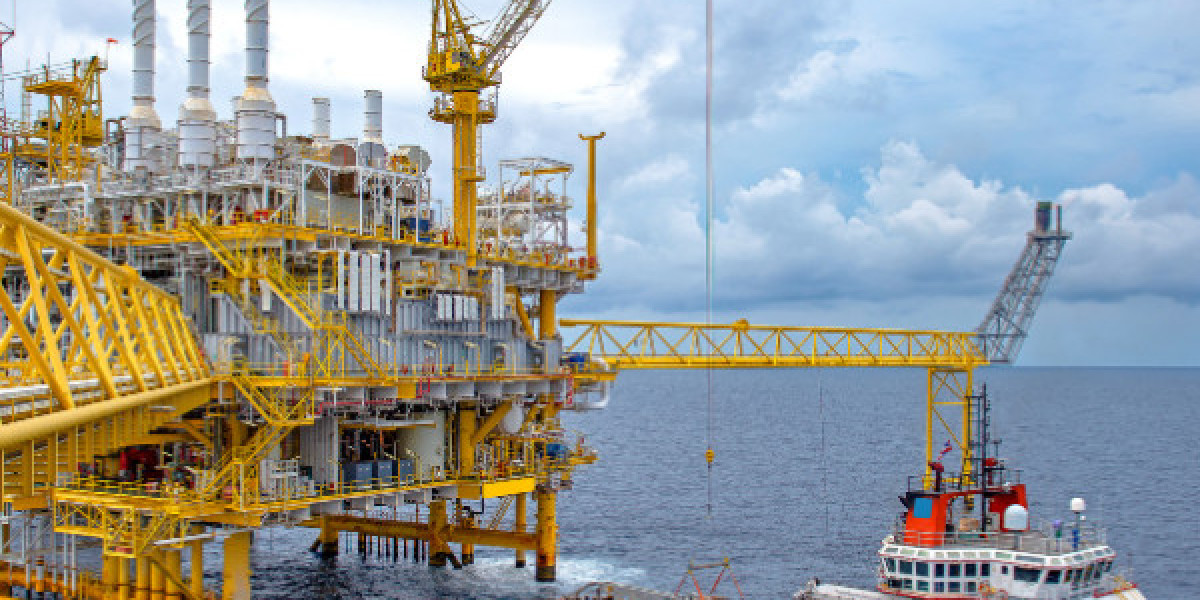In the dynamic world of energy exploration, petrophysics stands as a cornerstone discipline driving innovation, accuracy, and efficiency. As the global demand for energy continues to rise, understanding the physical and chemical properties of rocks and fluids within the Earth’s subsurface has never been more critical. Petrophysics courses are equipping the next generation of geoscientists and engineers with the tools, technologies, and analytical skills to optimize hydrocarbon recovery and support the energy transition.
Understanding the Role of Petrophysics in Energy Exploration
At its core, petrophysics involves the study of reservoir rocks and their interactions with fluids—oil, gas, and water. Through data collected from well logs, core samples, and seismic studies, petrophysicists determine porosity, permeability, and fluid saturation, all of which are essential for evaluating a reservoir’s commercial potential.
Today’s petrophysics courses are designed to provide a comprehensive understanding of how to interpret well logs, evaluate reservoirs, and make informed decisions that enhance exploration success. These programs are not limited to theory; they immerse students in hands-on data analysis, software training, and real-world case studies.
Why Petrophysics Courses Are Essential in Modern Energy Exploration
The energy sector is evolving rapidly, and petrophysics courses play a crucial role in meeting its complex demands. Let’s explore the key reasons why these specialized programs are transforming the industry:
1. Bridging the Gap Between Geoscience and Engineering
Modern petrophysics training bridges the traditional gap between geology, geophysics, and petroleum engineering. Students learn how to integrate multidisciplinary data—combining geological models with reservoir simulations and production data—to make accurate predictions about well performance.
This integrated approach helps professionals maximize hydrocarbon recovery while minimizing exploration risks.
2. Leveraging Advanced Technology and Data Analytics
Today’s petrophysics curriculum incorporates digital technologies, AI, and machine learning to analyze massive datasets generated by exploration activities. These tools enable faster and more precise interpretation of well logs and reservoir data, allowing teams to make data-driven exploration decisions.
Petrophysics students are trained on industry-standard software such as Schlumberger Techlog, Petrel, and Interactive Petrophysics (IP). This ensures they graduate with practical, job-ready skills that align with global energy industry requirements.
3. Supporting the Energy Transition
While traditional petrophysics focuses on oil and gas, modern courses now emphasize renewable energy and carbon storage applications. Concepts like geothermal reservoir evaluation, CO₂ sequestration, and hydrogen storage are becoming integral parts of the curriculum.
By mastering these new domains, petrophysicists are contributing to a more sustainable and low-carbon energy future.
Key Concepts Covered in Petrophysics Courses
Well Logging and Interpretation
Students learn to interpret electrical, nuclear, sonic, and NMR logs to determine rock and fluid properties. This includes understanding how different tools measure resistivity, density, and porosity—data critical for identifying hydrocarbon-bearing zones.
Core Analysis and Laboratory Techniques
Courses delve into core sampling methods, lab analysis, and data calibration. Students learn to correlate well log data with physical core samples to verify reservoir characteristics, ensuring more reliable reservoir modeling.
Reservoir Characterization
Through practical sessions and modeling software, participants gain expertise in building 3D reservoir models, estimating hydrocarbon volumes, and predicting production potential. These skills directly support efficient field development planning.
Petrophysical Uncertainty and Risk Management
Understanding the limitations and uncertainties in data interpretation is essential. Petrophysics courses emphasize statistical analysis, probabilistic modeling, and sensitivity studies to minimize exploration risks.
The Impact of Petrophysics on Exploration Efficiency
A well-trained petrophysicist plays a decisive role in enhancing exploration and production (E&P) efficiency. Their expertise leads to:
Accurate reserve estimation: Reducing financial risks through data-backed evaluation.
Optimized well placement: Ensuring drilling targets the most productive zones.
Improved recovery rates: Applying petrophysical insights to design efficient extraction methods.
Reduced environmental footprint: Supporting safe and responsible operations through precise data interpretation.
By integrating petrophysics into every stage of exploration, from prospect identification to field development, companies achieve higher productivity and better cost control.
Emerging Trends in Petrophysics Education
The evolution of petrophysics courses mirrors the technological and strategic changes occurring in the global energy sector. Some notable trends include:
1. Online and Hybrid Learning Platforms
With the rise of e-learning, many universities and institutions now offer online petrophysics programs. These flexible options allow working professionals to upgrade their skills without pausing their careers. Interactive tools, virtual labs, and real-time data simulations bring field experiences to the digital classroom.
2. AI-Driven Reservoir Analysis
Artificial intelligence and machine learning are redefining how petrophysical data is interpreted. Courses now train students to use AI algorithms for automated facies classification, anomaly detection, and predictive reservoir modeling.
3. Integration with Sustainable Energy Studies
Forward-thinking institutions are blending petrophysics education with sustainability modules, preparing professionals who can contribute to carbon-neutral exploration practices. Students explore how petrophysical methods can be adapted for geothermal systems and CO₂ storage projects.
Top Career Opportunities After Petrophysics Training
Graduates of petrophysics courses are highly sought after in both upstream oil and gas companies and emerging renewable sectors. Common career paths include:
Petrophysicist – Interpreting subsurface data and optimizing drilling programs.
Reservoir Engineer – Collaborating with multidisciplinary teams to enhance recovery.
Geoscientist or Log Analyst – Performing data interpretation and reservoir evaluations.
Data Scientist (Energy Sector) – Applying AI and analytics to petrophysical datasets.
Carbon Storage Specialist – Evaluating geological formations for safe CO₂ injection.
With a strong foundation in both science and technology, petrophysics professionals are well-positioned for leadership roles in energy innovation.
Choosing the Right Petrophysics Course
When selecting a petrophysics program, it’s essential to consider factors such as:
Accreditation and industry recognition
Curriculum relevance to modern exploration technologies
Hands-on software training
Internship and project opportunities
Networking with energy industry professionals
Leading institutions and training centers collaborate with global oil companies to ensure their courses reflect real-world exploration challenges.
Conclusion: Shaping the Future of Energy Through Petrophysics
The field of petrophysics is no longer confined to traditional hydrocarbon exploration—it’s evolving to support a broader, sustainable energy ecosystem. Through specialized petrophysics courses, professionals gain the scientific insight and technological expertise to tackle modern exploration challenges while driving innovation toward a greener future.
As the energy landscape shifts, one thing remains clear: those equipped with advanced petrophysical knowledge will continue to lead the transformation of global energy exploration.








